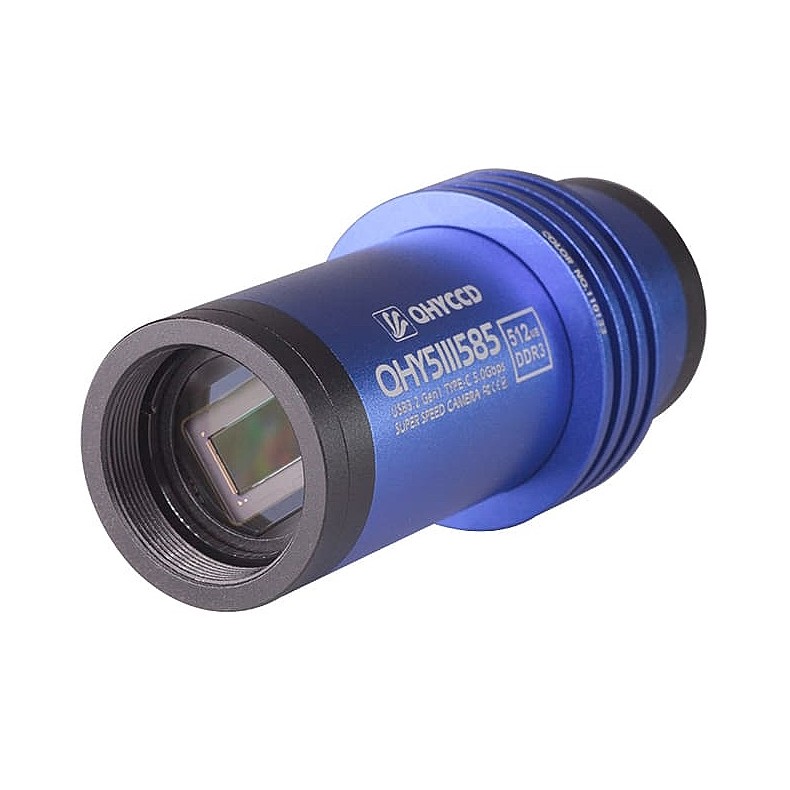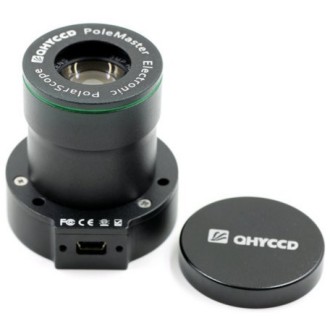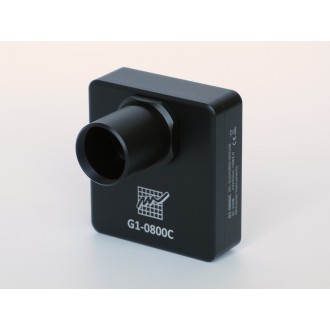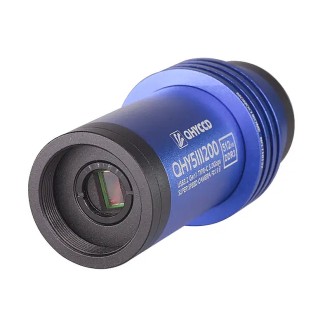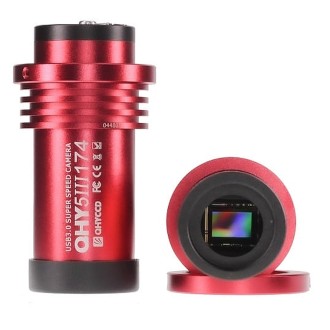Deliver it 8/15 days
| Carrier | Description | Estimated Delivery | ||
|---|---|---|---|---|
 |
Home delivery - International | Home delivery - International |
Monday, 5 May - Monday, 12 May |
|

Home delivery - International
Home delivery - International
Estimated delivery:
Monday, 5 May - Monday, 12 May
In this latest generation of sensors, the photodiode portion of the pixel is physically deeper than in previous sensors, allowing photons of longer wavelengths to penetrate deeper into the substrate. This dramatically increases the sensor's sensitivity to red and near-infrared (NIR) light. The sensor exhibits nearly equal maximum sensitivity to NIR light as to light in the visible spectrum.
The IMX585 is a Sony Starvis II processor that enables high sensitivity and high dynamic range (HDR). It also improves sensitivity in the near-infrared range by approximately 1.7 times* compared to the IMX485. The new QHY5III585C camera has a large capacity of over 30K, approximately three times that of the previous generation QHY5III485C.
*This data is officially provided by Sony: https://www.sony-semicon.com/cn/news/2021/2021062901.html
512MBDDR3
The QHY5III (Ver. 2) series planetary and guidance cameras are equipped with a 512 MB DDR3 image buffer that can effectively reduce the pressure on the computer transmission, a great help for planetary photography that often requires writing a large amount of data in a short period of time. Some deep sky astrophotography cameras currently on the market have only 256 MB, for example.
In comparison, the 512 MB DDR3 memory of the new 5III series cameras (Ver. 2) represents a significant improvement.

New front design with improved compatibility
The QHY5III (Ver. 2) series cameras have adopted a new front design with improved compatibility. Here we only take the QHY5III200M as an example, however, ALL future V2 cameras share these features.

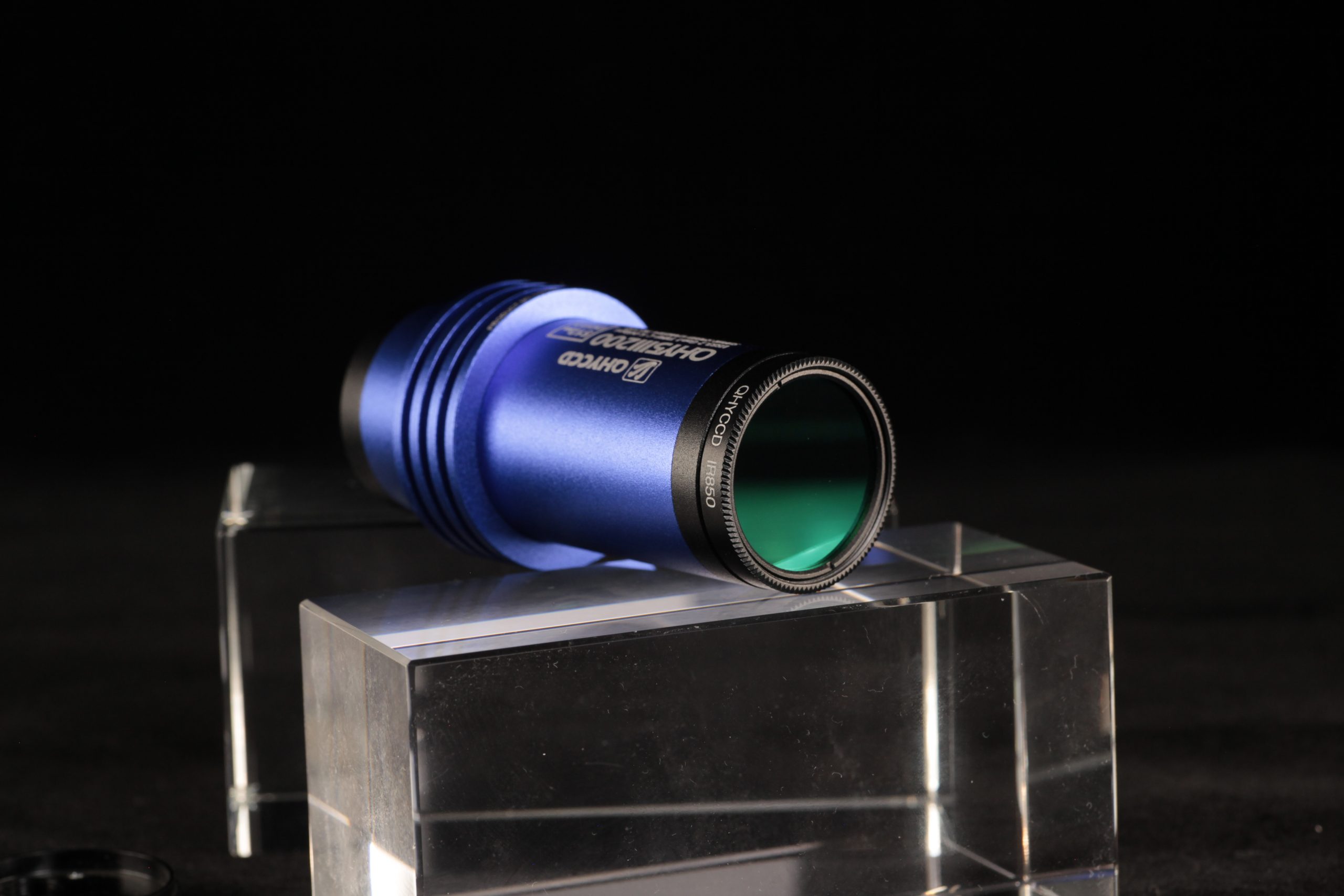
The BFL of the V2 camera is only 8mm, which means you can easily compare a V2 camera to your OAG. The basic top adapter includes 1.25-inch threads and you can still use your 1.25-inch filter.

The upper adapter glass of the V2 can be easily changed. One of the advantages of interchangeable top glasses is that you can use a filter even if you use Lens. You can add a 1.25-inch CS adapter to attach CS lenses or add a second CS-C lens for C-mount lenses. The two adapters are all standard V2 cam accessories.
By the way, there is a 1.25-inch filter wheel adapter to connect your mono planetary camera with the QHYCFW3-S filter wheel.
All new QHY5III (Ver.2) series cameras use the USB3.2 Gen1 Type-C interface. Compared to the USB3.0 Type-B interface used in the previous generation, the Type-C interface has a longer life and is more flexible.
Tips: It is recommended to use the official QHYCCD standard C-type data cable. Since the market is flooded with a large number of poor quality type C cables, occasional use may result in camera malfunction. If you use your own replacement cable, make sure it is a high quality cable.
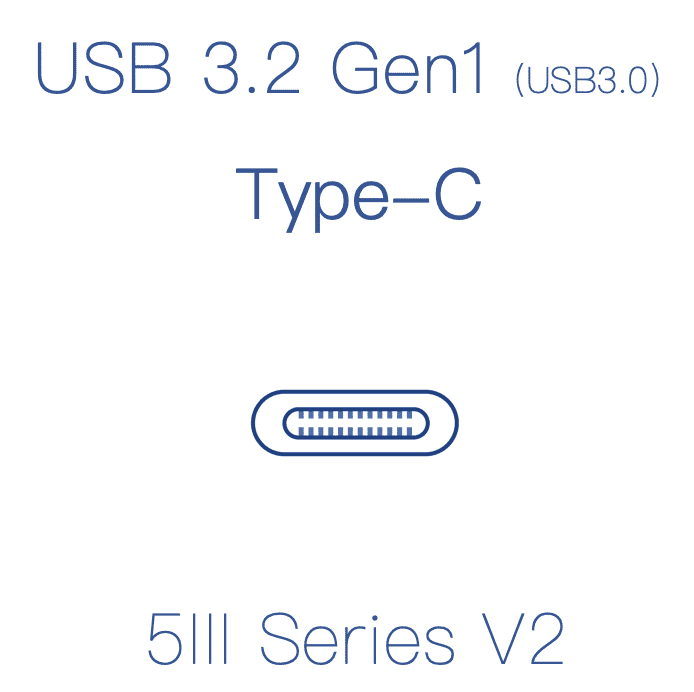
Universal guide interface
The custom interfaces of the previous generation of cameras and planetary guides have been replaced on the QHY5III (Ver.2) cameras with a more universal ST-4 compatible guide interface. Now, even if the guide cable is lost or damaged, you can easily get a replacement on the market at low cost.

LED indicator
The new QHY5III (Ver.2) camera series is equipped with a status indicator on the back of the camera. If the camera experiences an abnormal condition, the multi-color indicator light will help determine the situation with different colors indicating different conditions. During normal operation, this indicator light is off, so there is no need to worry about the light contaminating the image.
Sample images
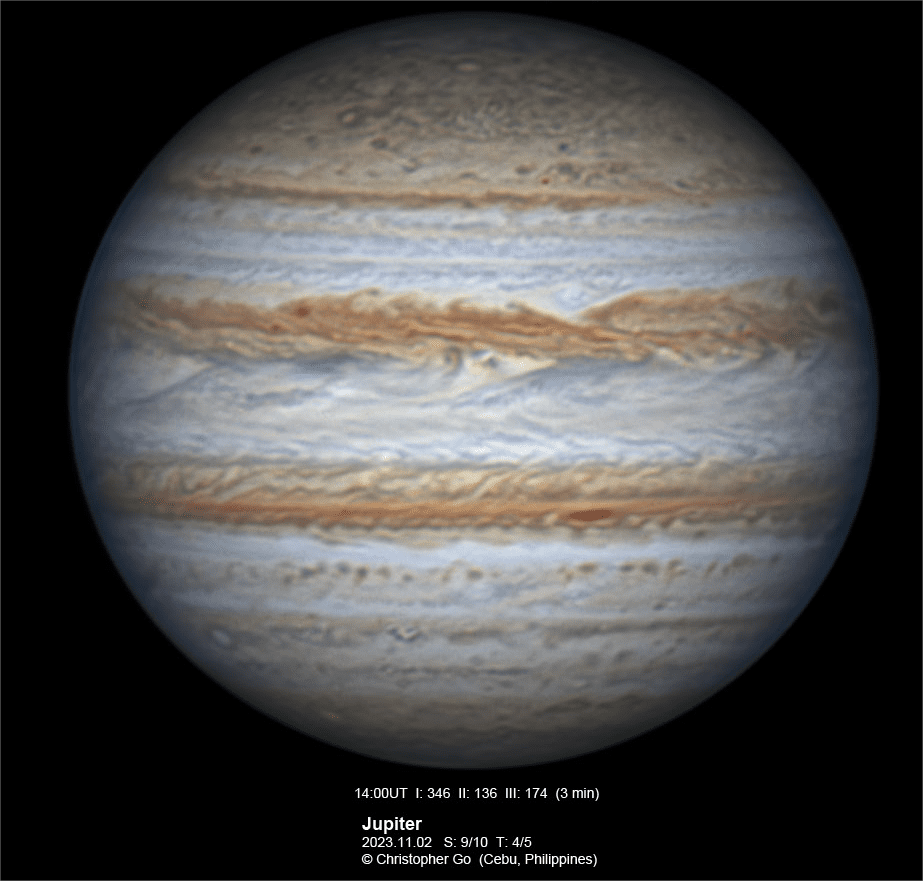

(Jupiter captured by Christopher Go)
| Model | QHY5III585C |
| Image sensor | Sony IMX585 |
| Single Color/Color | Color only |
| FSI/BSI | BSI |
| Sensor size | 1/1.2 in |
| Pixel size | 2.9 µm*2.9 µm |
| Effective pixel area | 3856*2180 |
| Effective pixels | 8.4 megapixels |
| Total well capacity | 52ke- |
| Read noise | 0.77e- to 8e- |
| ADVERTISEMENT | 12 bits (output as 16 bits and 8 bits) |
| Built-in image buffer | 512 MB DDR3 memory |
| Full frame rates | 41.5 fps at 8 bit 23.5 fps at 16 bit |
| Return on investment (ROI) frame rates | 1080 lines, 82 fps @ 8 bits, 47 fps @ 16 bits 640 lines, 135 fps @ 8 bits, 79 fps @ 16 bits |
| Exposure time range | 11μs-900sec |
| Type of shutter | Electronic rolling shutter |
| Computer interface | USB3.0 type C |
| Port guide | Standard ST-4 style |
| Telescope interface | 1.25 inches, with CS and C-Mount |
| Optical window | AR anti-reflective glass |
| Additional filter | IR850nm filter included IR cut-off filter included |
| Rear focal length | 17 mm (with adapter); 8 mm (without adapter) |
| Weight | 90g |
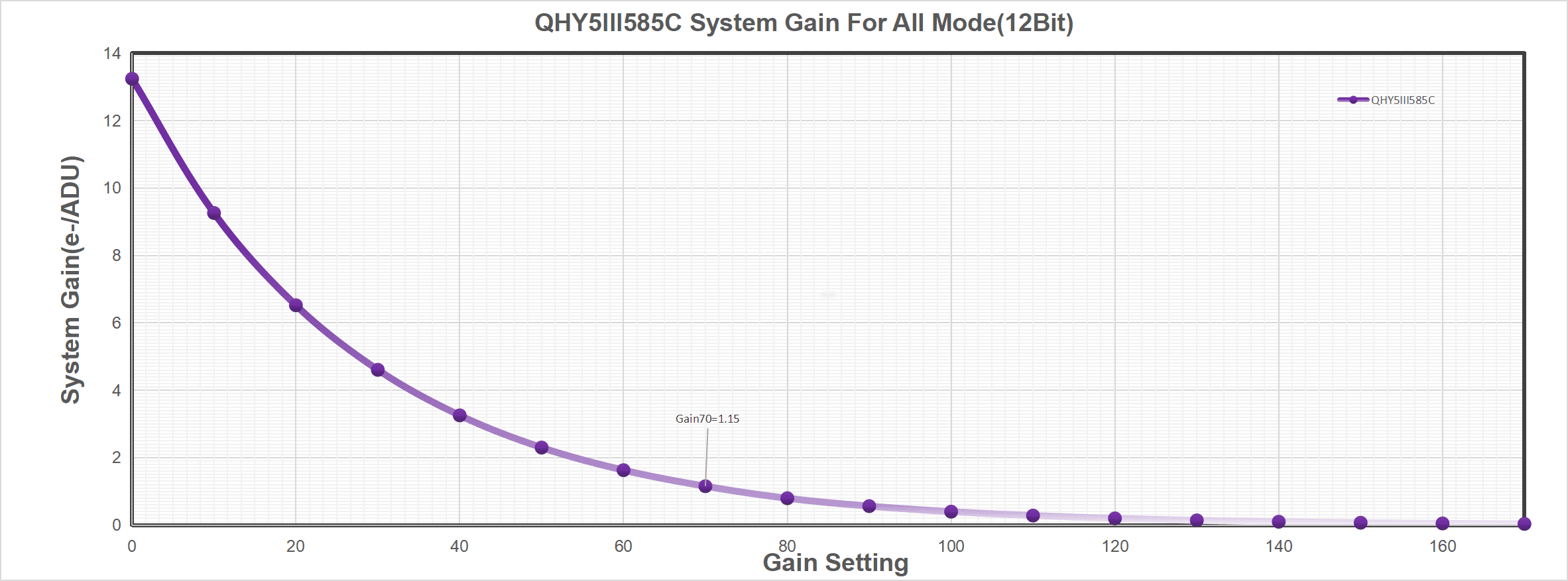



Mechanical dimensions

Accessories


